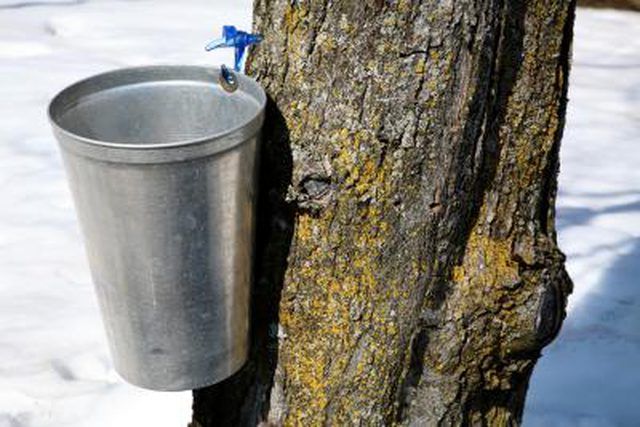Bulbs
Flower Basics
Flower Beds & Specialty Gardens
Flower Garden
Garden Furniture
Garden Gnomes
Garden Seeds
Garden Sheds
Garden Statues
Garden Tools & Supplies
Gardening Basics
Green & Organic
Groundcovers & Vines
Growing Annuals
Growing Basil
Growing Beans
Growing Berries
Growing Blueberries
Growing Cactus
Growing Corn
Growing Cotton
Growing Edibles
Growing Flowers
Growing Garlic
Growing Grapes
Growing Grass
Growing Herbs
Growing Jasmine
Growing Mint
Growing Mushrooms
Orchids
Growing Peanuts
Growing Perennials
Growing Plants
Growing Rosemary
Growing Roses
Growing Strawberries
Growing Sunflowers
Growing Thyme
Growing Tomatoes
Growing Tulips
Growing Vegetables
Herb Basics
Herb Garden
Indoor Growing
Landscaping Basics
Landscaping Patios
Landscaping Plants
Landscaping Shrubs
Landscaping Trees
Landscaping Walks & Pathways
Lawn Basics
Lawn Maintenance
Lawn Mowers
Lawn Ornaments
Lawn Planting
Lawn Tools
Outdoor Growing
Overall Landscape Planning
Pests, Weeds & Problems
Plant Basics
Rock Garden
Rose Garden
Shrubs
Soil
Specialty Gardens
Trees
Vegetable Garden
Yard Maintenance
What Eats Maple Trees?
What Eats Maple Trees?. Throughout its lifespan the maple tree provides nourishment to a large variety of animals, insects, birds and humans. These animals and insects eat every part of the tree, from seeds and leaves to the bark and internal saps.

Throughout its lifespan the maple tree provides nourishment to a large variety of animals, insects, birds and humans. These animals and insects eat every part of the tree, from seeds and leaves to the bark and internal saps.
Seeds
Rodents such as mice and squirrels, wild turkey, wood ducks and finches snack on seeds of the maple tree. European earthworms eat the wing-like leafy material attached to the seed, leaving the seed itself. Humans eat hulled green maple seeds raw or boil or dry the seeds before adding them to salads.
Bark
While deer prefer the bark of fir and cedar trees, they occasionally eat the bark and twigs of several species, including the silver maple, sugar maple and cinnamon bark. Beavers also eat the bark.
Sap
Native American Indians and early colonial settlers ate the sap, a treat that still finds its way into American cooking. In the year 2000 alone, maple syrup producers in the state of Vermont sold an estimated 460,000 gallons of maple syrup, according to Vermontmaple.org.
Leaves
Caterpillars, European gypsy moths and leaf hoppers dine on maple trees leaves. Horses consume leaves, but veterinarian Charlotte Means warns that toxins in maple leaves can cause acute hemolytic anemia, leading to the horse's death.